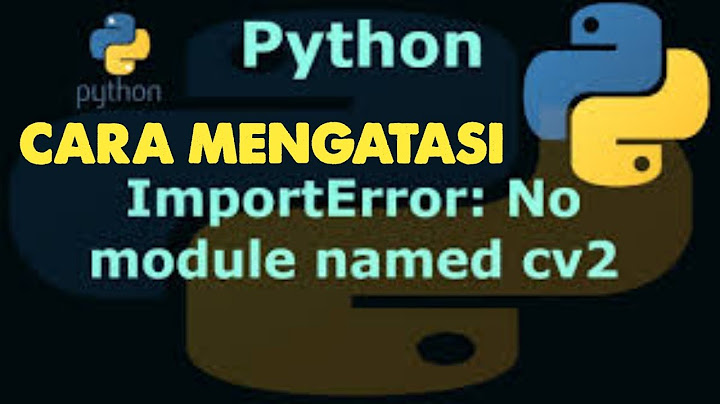I am having trouble with the php versions on my mac. When I am in terminal i get the php mac version. Show I tried to install Yii2 advanced, and could not run yii migrate. I also could not get a virtual host to work. Lots of information, but I cannot figure it out. I believe I need to set the path to the xampp php, so terminal looks at that first. How do I accomplish that? Thanks, Dan I am on the latest El Capitan, and as your probably aware, your Mac comes with php installed. This can be confusing. The CLI (running PHP from terminal) actually will use your Mac’s included PHP and not the one from XAMPP. So far I haven’t ran into any issues with this. It could pose a problem if the script your running in CLI requires a specific PHP module to be installed. It could be installed for XAMPP but not for your included PHP. Say Zend, you add it to XAMPP but run the script from terminal and boom, errors. As for Yii, I haven’t had any issues from command line. Before giving you the answer, I am going to tell you how to find out which php.ini both are using. Open Terminal and navigate to your htdocs: Create a phpinfo.php file: Edit the file and enter in the command to make php spit out it’s guts: the content: To save and exit: Open the file in your browser: Run the file in Terminal CLI: You can compare the differences. The one in terminal is what came with your Mac. I had version 5.5 where XAMP had 5.6. The included php version on mine has no php.ini loaded, error_reporting had no value. It does say that it looks in "/etc" for the ini file. Remember, that is for the PHP which came with your Mac and only applies to anything PHP that you run from terminal itself. What you are interested in, is the PHP Info you ran in your browser, as that is what XAMPP is using. In your browser’s phpinfo that you opened, look for the line for “Loaded Configuration File”. Mine shows this: So there you go. XAMPP’s PHP.ini on a Mac is located at: /Applications/XAMPP/xamppfiles/etc/php.ini I wanted to point out the differences for you to keep in mind in the future, in case you ever have issues from Terminal (the CLI = Command Line Interface). So you know you actually have 2 versions of PHP. On a Mac, you have to do this: In the root of the Yii app is an executable file named "yii". In order to execute files on a Mac, you put "./" in front of it. PHP | php.ini File Configuration Improve Article Save Article Like Article
Improve Article Save Article At the time of PHP installation, php.ini is a special file provided as a default configuration file. It’s very essential configuration file which controls, what a user can or cannot do with the website. Each time PHP is initialized, the php.ini file is read by the system. Sometimes you need to change the behavior of PHP at runtime, then this configuration file is to use. php
Note: Keys in the file are case-sensitive, keyword values are not spaces and lines starting with a semicolon are ignored. The file is well commented. The Boolean values are represented by On/Off, 1/0, True/False, Yes/No.
Important settings or common parameters of the php.ini file:
Configuration of php.ini file: Whenever we install PHP, we can locate the configuration file inside the PHP folder. If using xampp, we can find the configuration file in one or many versions, inside the path ‘\xampp\php’. My Personal Notes arrow_drop_up Save Please Login to comment...How do I access PHP ini?Your answer. You can get a full phpinfo() using : php -i.. And, in there, there is the php.ini file used : $ php -i | grep 'Configuration File' Configuration File (php.ini) Path => /etc Loaded Configuration File => /etc/php.ini.. On Windows use find instead: php -i|find/i"configuration file" Hope this is helpfull!!. Where is the PHP ini file located?ini file is the default configuration file for running applications that require PHP. It is used to control variables such as upload sizes, file timeouts, and resource limits. This file is located on your server in the /public_html folder.
How do I open a PHP ini file in Windows?In Windows Explorer, open your PHP installation folder, for example C:\PHP . In a text editor, open the php. ini file. Search the file for the extension you want to configure.
Where is my ini file in xampp?For Windows, you can find the file in the C:\xampp\php\php. ini -Folder (Windows) or in the etc -Folder (within the xampp-Folder). Under Linux, most distributions put lampp under /opt/lampp , so the file can be found under /opt/lampp/etc/php. ini .
|

Pos Terkait
Periklanan
BERITA TERKINI
Toplist Popular
#2
#3
#4
Top 8 wenn kleinigkeiten am partner stören 2022
2 years ago#5
Top 7 hilfsmittel für behinderte im alltag 2022
2 years ago#6
#7
#8
Top 6 cafe da manha pobre 2022
2 years ago#9
#10
Periklanan
Terpopuler
Periklanan
Tentang Kami
Dukungan

Copyright © 2024 kemunculan Inc.


















